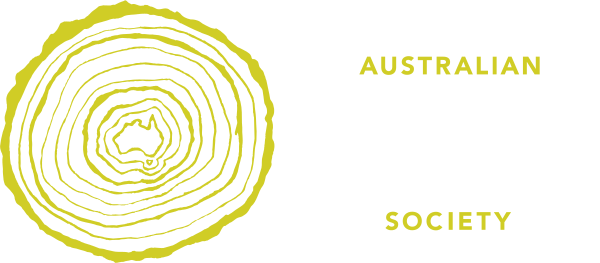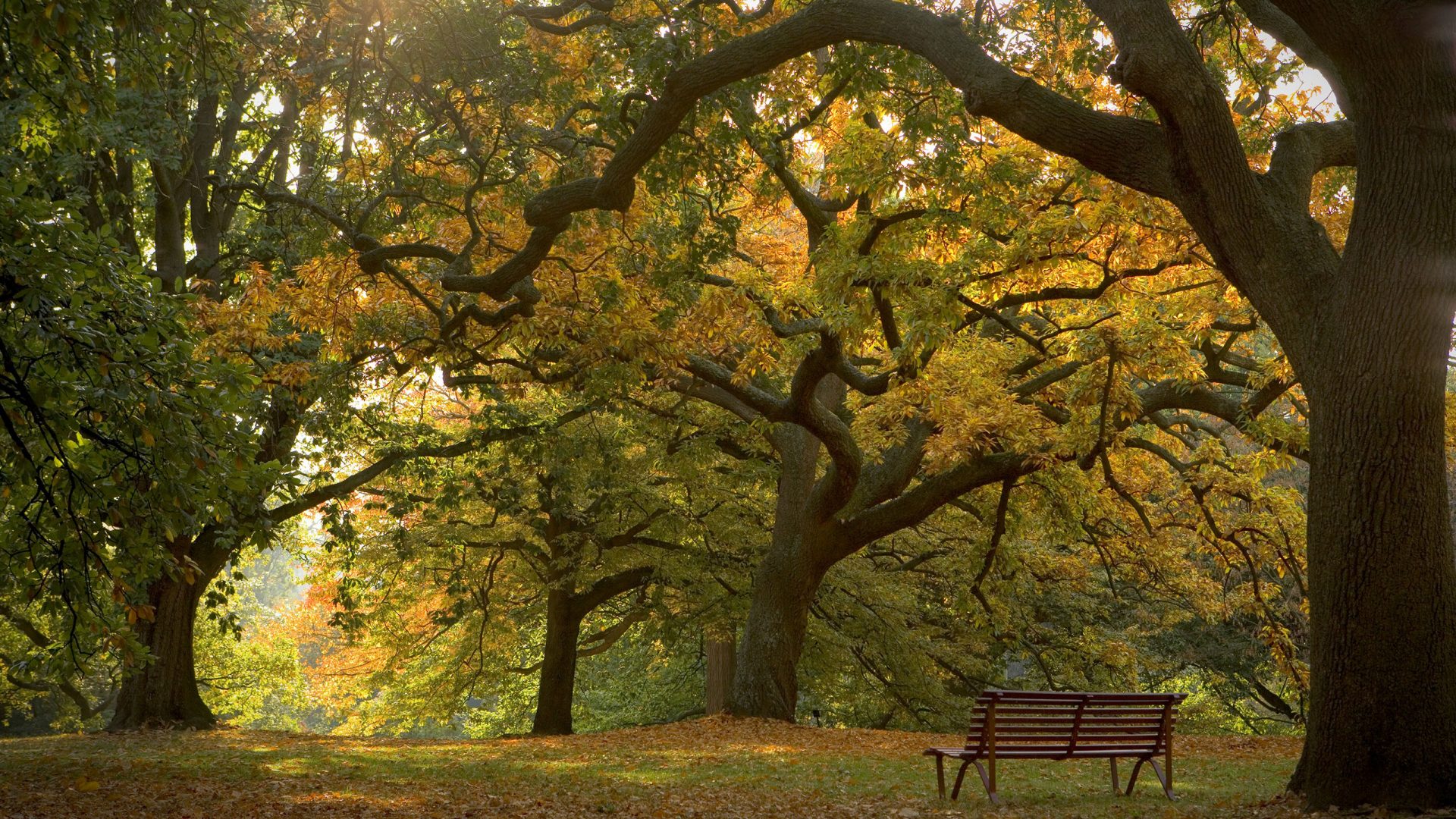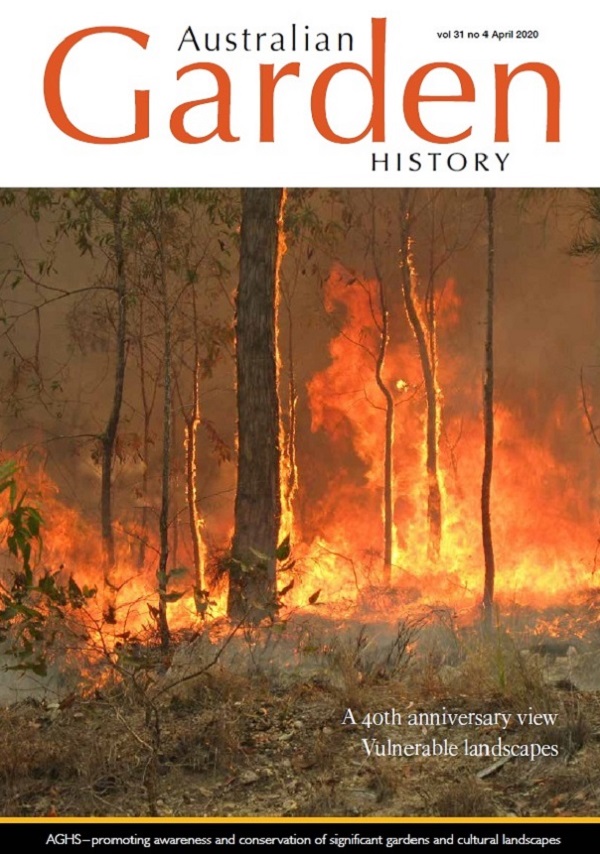Contents
Whither historic gardens in this new era of climate change? Jane L Lennon
Historic gardens had a lowly spot in Australian heritage awareness at the time of the publication of the Report of the National Estate in 1974, in which only some botanic gardens and urban parks were mentioned. Now we are entering a new phase of drier, hotter climate with a major impact on gardens of all scales. What should be our response?
Mudflat and saltmarsh Harry Saddler
For all our love of the coast, we idealise only very specific coastal landscapes: we dream of golden sandy beaches, and deep harbours with the promise of the open ocean beyond. Few of us romanticise intertidal mudflats or saltmarsh. But mudflats and saltmarsh are some of the most beautiful, important – and vulnerable – of our coastal landscapes.
Wetherstons: a brewery and its daffodils Clare Gleeson
In 1861 gold was discovered at Gabriel’s Gully in Central Otago, New Zealand, and shortly after at nearby Wetherstons. Gold still shimmers at Wetherstons but it is on the hillside, not in the riverbeds. Every spring millions of daffodils naturalised from thousands of bulbs planted over 100 years ago cover the slopes.
Trevenna Lynne Walker
The seasonal conditions experienced across Australia in the summer of 2019–20 have resulted in gardens being evaluated for what is surviving and what is not. During these times it is salutary to observe what has survived (or thrived) in the historic gardens across the nation. One of the surviving gardens, which is almost 130 years old, is ‘Trevenna’, located in the grounds of the University of New England in Armidale, NSW.
Three garden previews Tim Gatehouse
The AGHS (Victorian branch) has commissioned histories of three gardens in Victoria for publication as individual booklets in 2020. They gardens are Umina in Toorak, the headquarters of the Country Women’s Association of Victoria, Longacres at Olinda in the Dandenong Ranges, the country home of Sir Arthur Streeton, and Titanga, a grazing property in the Western District.
The earliest Australian ship’s garden Colin Randall
Just 16 days after the establishment of the colony of New South Wales in Sydney Cove, the ship’s log of HMS Sirius recorded a start to a garden on one of the islands in Sydney Harbour. This is today’s Garden Island.
Morning glory John Dwyer
The plant called morning glory (Ipomoea indica) has long aroused strong and conflicting feelings. In Australia, morning glory has long been recognised as a weedy garden escape. Morning glory may have been introduced to Australia by a Portuguese sailor 250 years before Banks and Solander collected it.
An invitation from our Patron Tim Entwisle
In October 2019 the AGHS’s patron Professor Tim Entwisle welcomed participants to our 40th annual national conference, ‘Expanding Horizons’, held in Wellington. His opening remarks include an invitation – or perhaps a challenge – to stay connected to our landscape history through our garden choices.
New Zealand – a Pom’s first impressions Liz Ware
Friends were surprised. Why would a fiercely independent traveller choose to spend two weeks of her first trip to New Zealand visiting gardens with a group? My friends aren’t garden historians. If they were, they would know that, when it comes to getting under the skin of a country, there’s nothing quite like a garden history tour.
An Australian gardener and a Fijian palm garden Delia Rothnie-Jones
The Flora Tropica botanical gardens of Savusavu celebrated their tenth anniversary in 2019. The gardens occupy a unique niche in Fiji, with their collection of over 250 palm species from across the world, many of them on the critical or endangered lists. Some are already extinct in their natural habitat. In these gardens one individual, an Australian gardener, has created an oasis of global palm diversity.
Getting to know them: Chris Betteridge
In this extract from The AGHS’s oral history collection, Chris Betteridge discusses his strong interest in the protection of historic gardens and cultural landscapes generally.


